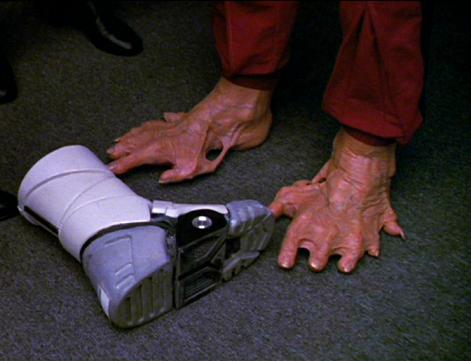There has been a great deal of consternation expressed at how spacelegs would be problematic because navigating about a microgravity environment within a space vessel would be very difficult to model realistically.
It is clear from the design of space stations that centripetal force is the gravitational analog, so we can't - because of immersion have gravity on ships.
My recommendation is that we allow FDEV to have the technology to establish artificial gravity on smaller structures (ships).
For immersive purposes FDEV could apply the woo woo limit, suggesting that the technology does not scale beyond smaller structures, since overlapping gravity fields would cause issues with structural integrity.
This would allow FDEV to consider moving about vessels in 1G - thus removing a barrier to legs.
It is clear from the design of space stations that centripetal force is the gravitational analog, so we can't - because of immersion have gravity on ships.
My recommendation is that we allow FDEV to have the technology to establish artificial gravity on smaller structures (ships).
For immersive purposes FDEV could apply the woo woo limit, suggesting that the technology does not scale beyond smaller structures, since overlapping gravity fields would cause issues with structural integrity.
This would allow FDEV to consider moving about vessels in 1G - thus removing a barrier to legs.


